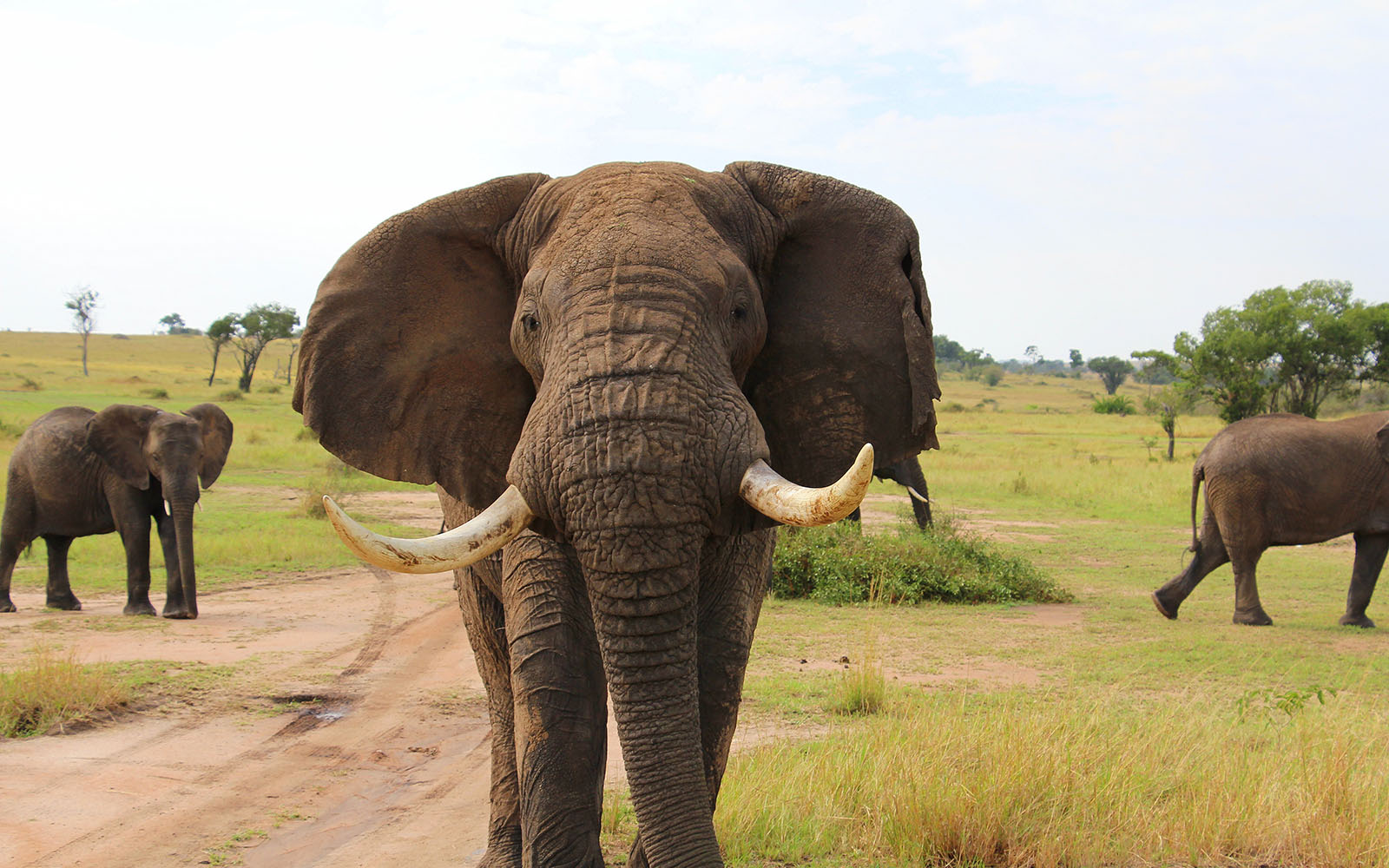Ngorongoro Crater
Ngorongoro Crater
A trip to the Ngorongoro Crater is a once-in-a-lifetime opportunity. There are few sites in the planet with such high wildlife populations and diversity. It is not uncommon to witness all five of the Big Five in a single day — and all of this in the most spectacular location, with the 600m/1,968ft-high crater wall as a backdrop.
Wildlife
The Ngorongoro Crater is home to some of Africa’s best wildlife watching. All of the major safari species can be found in large numbers. The resident black rhino population is a real treat, as rhinos are extremely rare elsewhere in Tanzania. The crater is also home to some massive elephant bulls with enormous tusks. Large groups of flamingos frequent Lake Magadi.
Scenery
The Ngorongoro Conservation Area is breathtaking. Empakaai and Olmoti craters, in addition to the well-known Ngorongoro Crater, are visual highlights. Flamingos flock to the Ngorongoro and Empakaai craters on a regular basis. The Ngorongoro crater’s forested crater rim contrasts sharply with the crater bottom, which is largely grassland. Lerai woodland, a magnificent, atmospheric yellow fever tree forest, is another highlight on the crater bottom.
Weather & Climate
The altitude of Ngorongoro varies the conditions. It can get rather cold at night, especially up on the rim, higher up in the crater. However, it remains rather warm in the wider conservation area. There are few clouds in the sky during the area’s Dry season (June to October). You’ll encounter two spells of rain separated by a brief dry spell during the Wet season (November to May).
Discover Tanzania best places to visit.
Tanzania Destinations
Discover Tanzania’s iconic destinations

